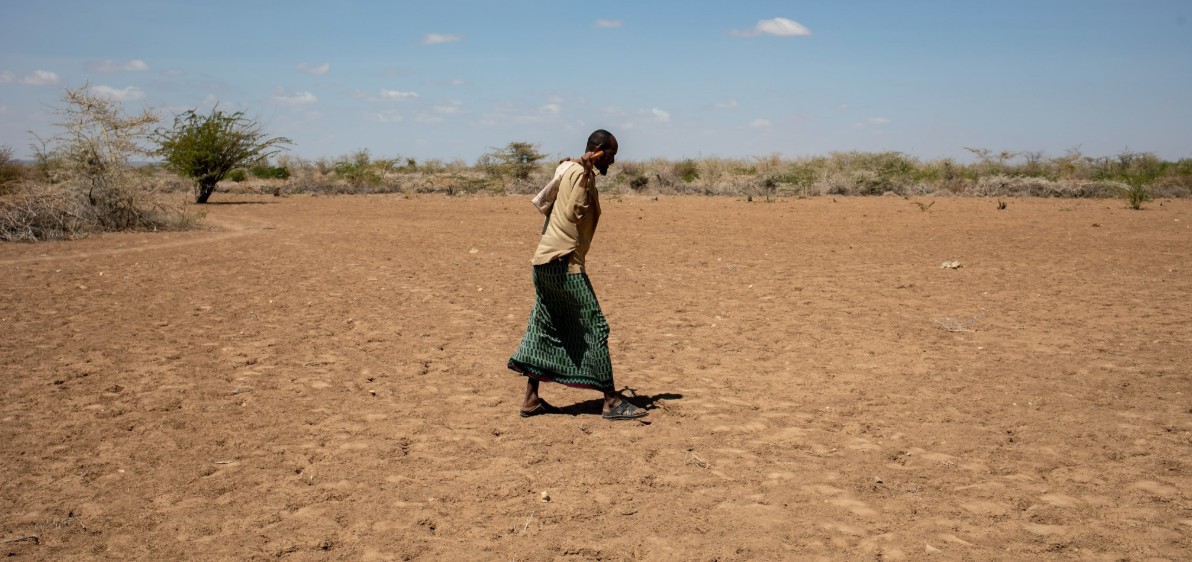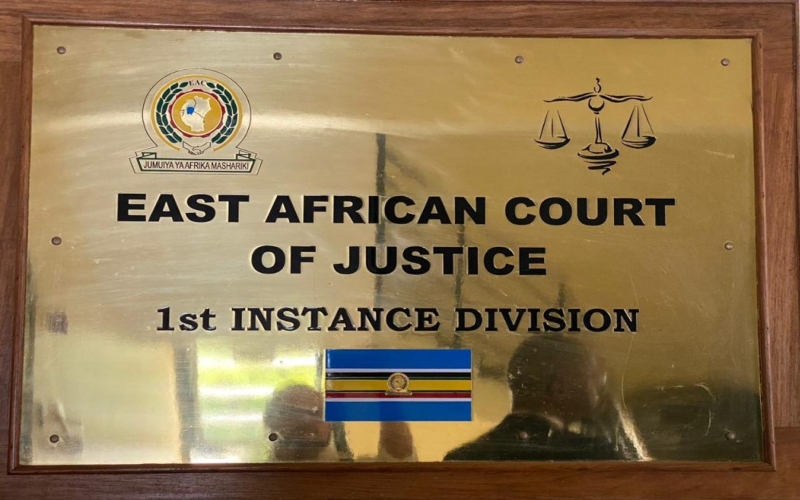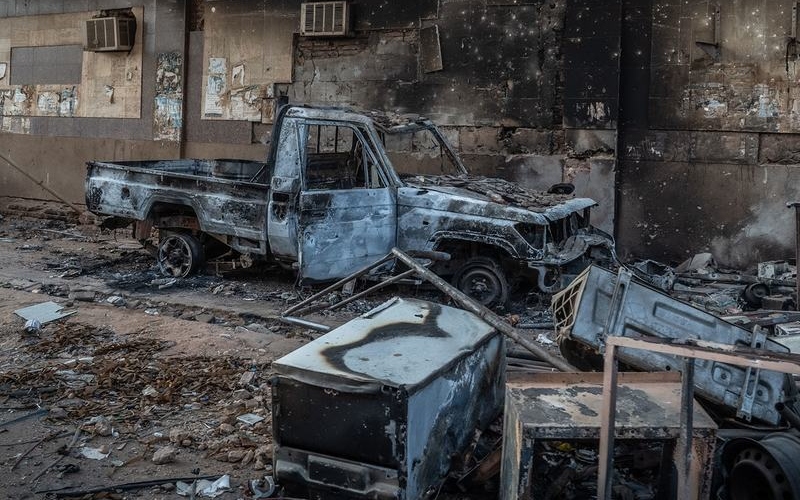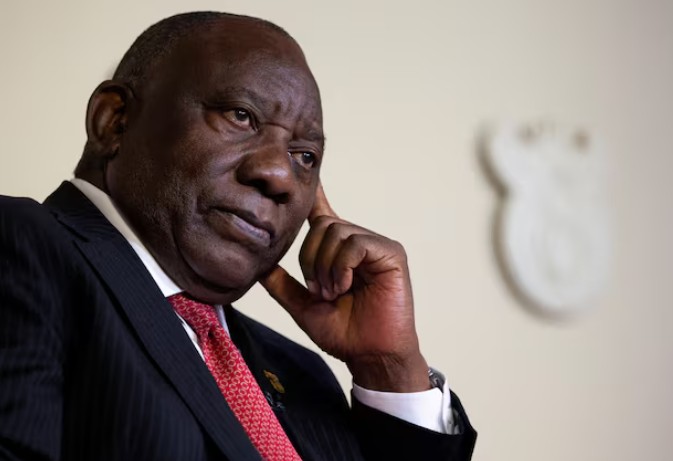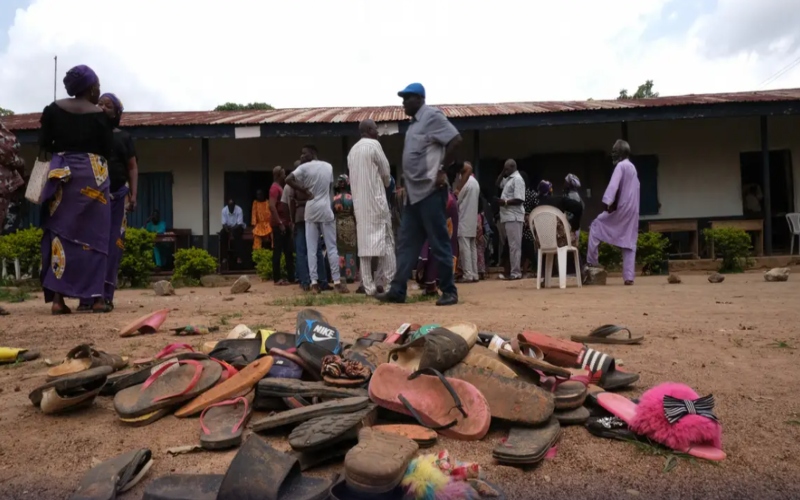Africa’s share of global extreme poverty rose by 30 per cent in 10 years - World Bank

Globally, the analysis shows that the geographic distribution of extreme poverty has undergone a major transformation.
Extreme poverty has become increasingly concentrated in Sub-Saharan Africa over the past decade, according to a World Bank analysis.
The findings reveal that poverty levels in the region have risen by 30 per cent at a time when most other parts of the world have recorded reductions.
More To Read
- Kenya’s economy can only absorb 250,000 graduates annually, Labour PS tells Senate
- Shrinking opportunities, growing skills gap: What youths say they need to thrive
- Revenue raise, prudent debt key to Africa’s 2026 upgraded growth prospects - IMF
- Africa lags in ID cards coverage as experts urge inclusive access
- Kenya Railways hands over stalled Kibera project to State Department of Housing
- New Bill proposes 80 per cent Kenyan workforce in foreign firms
“Extreme poverty has fallen almost everywhere, across South Asia, East Asia, and Latin America, except in two regions: the Middle East and North Africa, Afghanistan and Pakistan (MNAAP), and Sub-Saharan Africa,” the World Bank said.
In 2013, half of the world’s poor lived in South and East Asia and the Pacific. By 2023, that share had dropped to just 15 per cent.
Africa, however, moved in the opposite direction. “A decade ago, 4 in 10 of the world’s poor lived there; today it is 7 in 10.”
This translates to a 70 per cent proportion as of 2023, a jump from 40 per cent in 2013.
Globally, the analysis shows that the geographic distribution of extreme poverty has undergone a major transformation.
Although the share of the world’s population living in low-income countries rose only slightly, from eight per cent in 2013 to nine per cent in 2023, the share of the global extreme poor living in these countries nearly doubled, climbing from 23 per cent to 44 per cent.
The lender’s analysis also highlights that poverty remains predominantly rural, despite improvements over the past decade.
Between 2013 and 2023, rural extreme poverty globally fell by nearly a third, from 26.7 per cent to 17.4 per cent, while urban poverty dropped more modestly, from 7.6 per cent to six per cent.
“As urbanisation continues, the world’s population is now split almost evenly between rural and urban areas. Still, poverty remains overwhelmingly rural. Nearly three-quarters of the world’s extreme poor live in rural communities,” the World Bank said.
In Sub-Saharan Africa, the rural-urban divide is even more pronounced. Out of every seven poor people in the region, five live in rural areas and only two in urban areas.
Unlike trends in most other regions, both rural and urban poverty in Africa have increased over the decade.
Urban poverty rose by four percentage points over the decade, adding 50 million more people in African cities to the ranks of the extreme poor, an increase that stands in stark contrast to the declines seen in cities across Asia and Latin America.
These shifts have dramatically changed the global profile of poverty, the lender says.
Rural Sub-Saharan Africa now accounts for only 10 per cent of the global population but more than half of the world’s extreme poor, up from 33 per cent in 2013 to 53 per cent in 2023.
The share of the extreme poor living in African cities has also more than doubled, rising from 7.4 per cent to 18.4 per cent, even though the region’s urban population makes up just 7.4 per cent of the world’s total.
Top Stories Today

